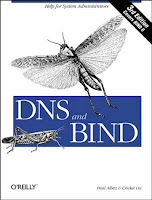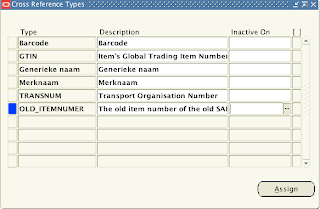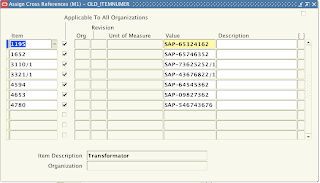 Jakub Wartak, released a guide on how to set up a RAC enviroment for Oracle using Oracle VM and Oracle Enterprise Linux. You can find the paper here at the Oracle site and it is a must read!
Jakub Wartak, released a guide on how to set up a RAC enviroment for Oracle using Oracle VM and Oracle Enterprise Linux. You can find the paper here at the Oracle site and it is a must read!"A typical Oracle Real Application Clusters (RAC) deployment is an architecture that provides fast recovery from a single or multiple-node failures. But in a typical scenario, all nodes of Oracle RAC are located in a single data center and thus prone to catastrophic data center failure. The solution for achieving disaster recovery in this scenario is to set up Oracle DataGuard between the local data center and some backup data center where standby systems are running (typically a single Oracle database or another RAC cluster).
Although DataGuard plays this role very well, it turns the whole standby system(s) and array(s) into passive nodes—wherein computing power can't be used for transactions—and thus heavily increases the price of the solution. (Although standby Oracle DataGuard systems can be opened for read-only queries, and can even run in read-only mode all the time with Active DataGuard in Oracle Database 11g, in this configuration it requires applications to be aware of the read-only nature of some nodes.)
Fortunately there is another solution for achieving (partial) disaster recovery, called Extended RAC or Stretched RAC. In this architecture some of the RAC nodes work at “site Alpha”, and the rest of the nodes work at “site Beta”. Nodes at both sites are active, so all computing resources are fully utilized. As shown in Figure 1, each site has its own Storage Area Network (SAN); systems present at both data centers (dcA and dcB) are members of the same, single RAC cluster and thus must be able to exchange data over the interconnect very quickly as well as access the other site's storage. (That is, node RAC1 at dcA writes to SAN array at dcB and also communicates with RAC2 node at dcB)."


















